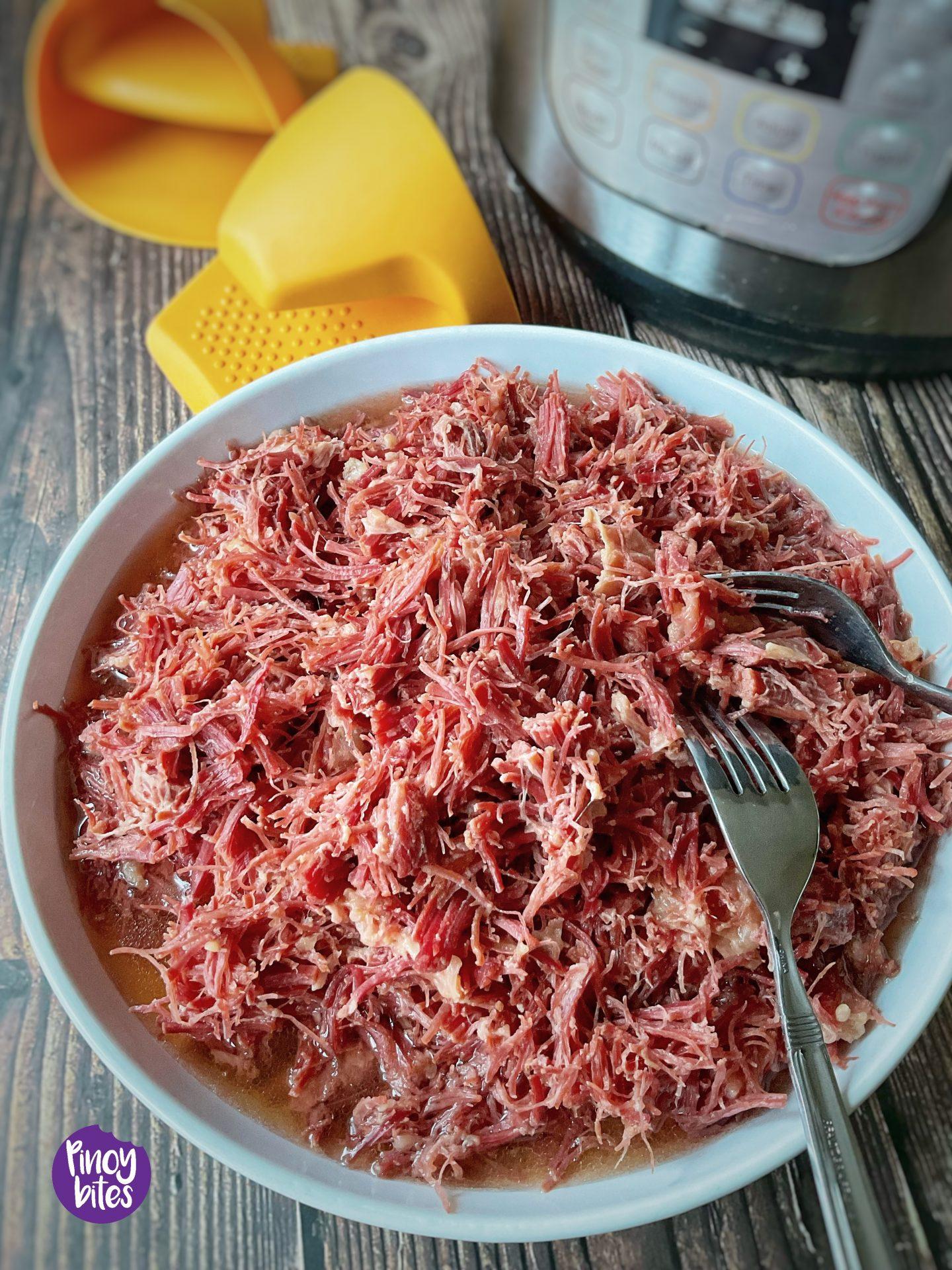
Introduction: How to Make Corned Beef
In the world of culinary delights, few dishes evoke a sense of comfort and nostalgia quite like corned beef. This savory, succulent cut of meat, brined to perfection and often associated with celebrations and hearty meals, has carved its niche in kitchens and dining tables across the globe. Whether served thinly sliced on a sandwich, simmered in a pot with vegetables, or enjoyed as part of a festive feast, corned beef offers a unique blend of flavors and textures that can please any palate. But what makes this dish so irresistible? The answer lies in the art of its preparation. In this guide, we will explore the step-by-step process of making corned beef at home, uncovering the secrets behind the brining technique, the choice of spices, and the slow-cooking methods that transform a humble cut of meat into a gastronomic masterpiece. Join us on this culinary journey and discover how to create your own corned beef, celebrating both tradition and taste in every tasty bite.
table of Contents
- Understanding the Brining Process for Perfect Corned beef
- Selecting the Right Cut of Beef for Flavorful Results
- Essential Spices and Seasonings to Elevate Your Corned Beef
- Cooking techniques for Tender and Juicy Corned Beef
- Serving Suggestions and Pairings to Complement Your Dish
- Tips for Storing and Reheating Leftover Corned Beef
- Concluding Remarks

Understanding the Brining Process for Perfect Corned Beef
Brining is an essential step in the journey to crafting the perfect corned beef. This process involves soaking the beef in a seasoned liquid, which not onyl enhances its flavor but also tenderizes the meat. The fundamental ingredients of a brine typically include a mixture of water, salt, sugar, and a blend of aromatics such as garlic, peppercorns, and bay leaves. The salt in the brine works to draw moisture into the meat, allowing it to hydrate and absorb the surrounding flavors, resulting in a juicy, flavorful cut of beef. To achieve optimal taste,consider allowing the meat to brine for several days in the refrigerator,giving it ample time to soak up those rich spices.
A well-crafted brine can elevate corned beef to a culinary delight. As you prepare your brining solution, consider the following tips:
- Balance the Flavor: Adjust the amount of sugar and spices to suit your taste—too much salt can overpower the dish.
- Keep it Cool: Always ensure your brining solution is chilled before adding the meat to prevent bacterial growth.
- Storage Matters: Use a non-reactive container like glass or food-safe plastic to prevent any unwanted reactions.
To give you a quick overview of the key components, here is a simple table:
| Brining Component | Purpose |
|---|---|
| Water | Acts as the base for brining solution |
| Salt | Enhances flavor and tenderizes meat |
| Sugar | balances saltiness and adds depth of flavor |
| Aromatics | Adds complexity, depth, and fragrance |
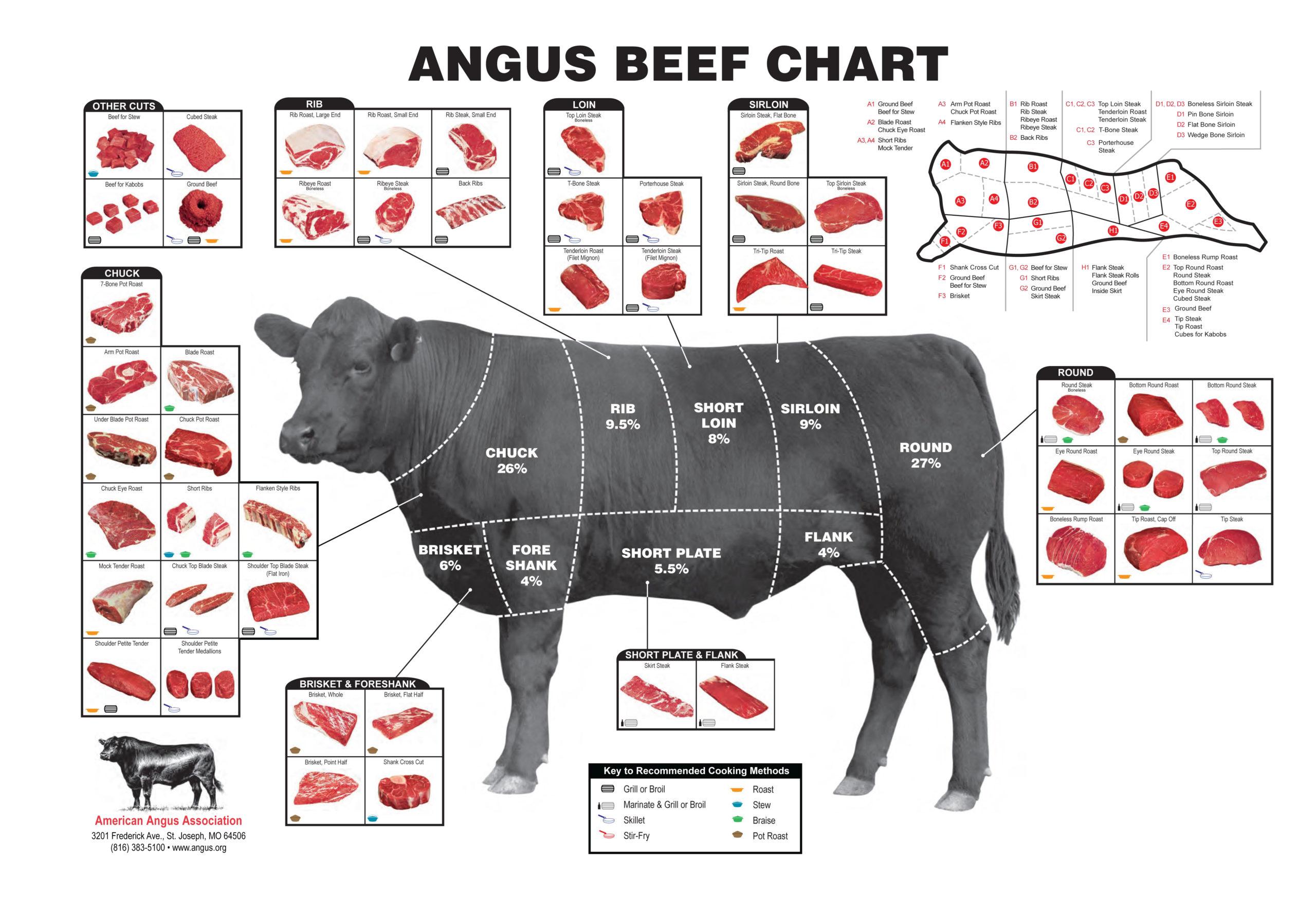
Selecting the Right Cut of Beef for Flavorful Results
Choosing the right cut of beef is essential for achieving a rich and hearty flavor in your corned beef. The brisket is the most common choice, prized for its marbling and tenderness when slow-cooked. When selecting a brisket, look for a well-marbled cut, as the fat renders during the cooking process, enhancing the overall taste and texture. Other suitable cuts include the round and plate, but these may require additional attention to ensure they remain juicy and flavorful. here are some top factors to consider:
- Marbling: More fat means more flavor and tenderness.
- Thickness: Thicker cuts are easier to slice and hold seasoning.
- Freshness: Always select fresh beef with a nice red color.
When preparing corned beef, the cut you choose can considerably impact your dish’s flavor profile. Consider using a table to help differentiate the best options:
| Cut | Flavor | Tenderness | Cooking Time |
|---|---|---|---|
| Brisket | Rich and beefy | Very tender | 4-6 hours |
| Round | mild | Moderately tender | 3-5 hours |
| Plate | Flavorful | Less tender | 5-7 hours |
Selecting the perfect cut ensures not only a delicious corned beef but also an experience that highlights the beauty of this traditional dish. Whichever option you choose, remember that patience during cooking is key to unlocking the full potential of the meat.
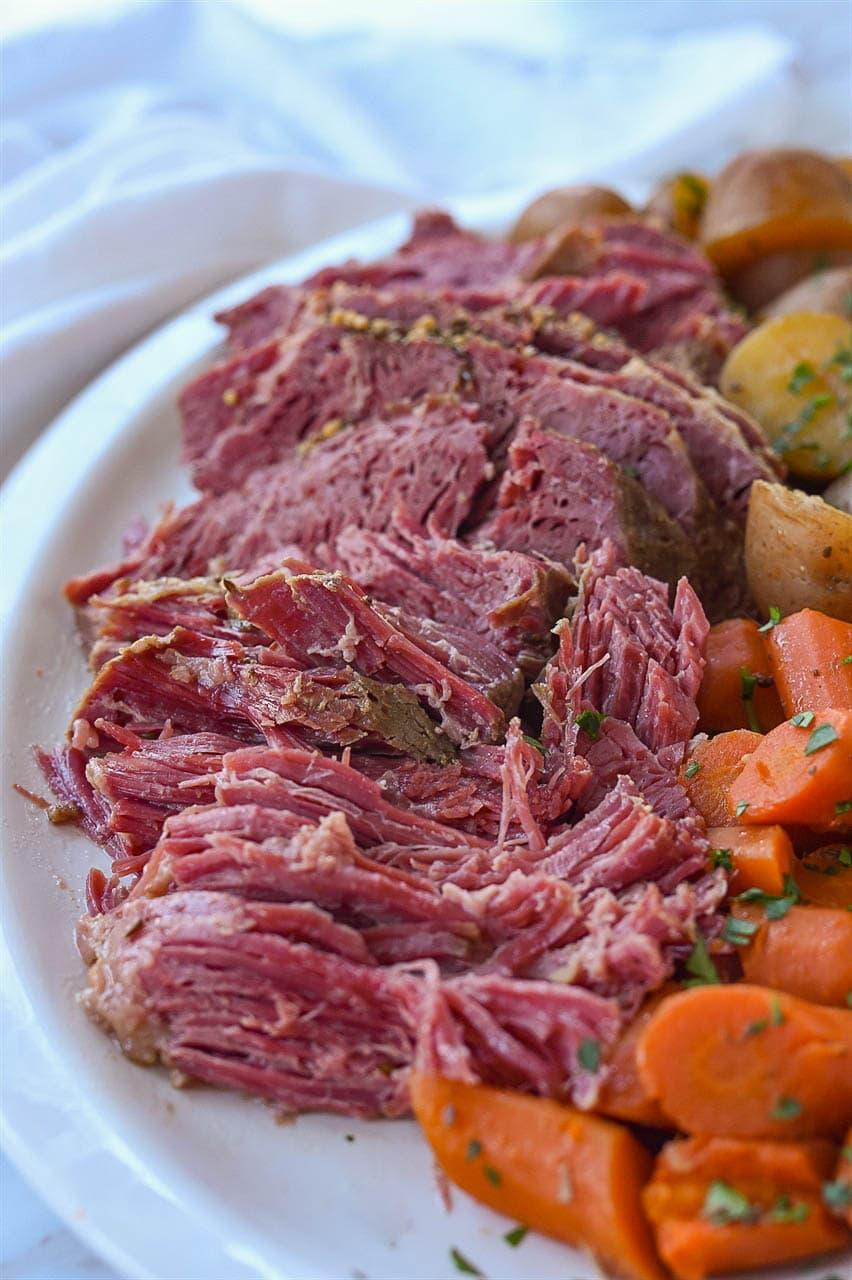
Essential Spices and seasonings to Elevate your Corned Beef
To truly elevate your corned beef, the right blend of spices and seasonings can make all the difference. When preparing the brine for your corned beef,consider incorporating some essential ingredients that enhance flavor and provide aromatic depth. Black peppercorns, mustard seeds, and coriander seeds are classic additions that create a well-rounded profile. For a touch of warmth, add allspice or cloves; their warmth complements the savory notes beautifully. A pinch of crushed red pepper flakes can introduce a hint of heat, transforming your dish from ordinary to extraordinary.
In addition to the brine spices, don’t overlook fresh herbs and optional seasonings to finish your dish on the plate. Consider garnishing with fresh parsley, thyme, or dill to add brightness. A dash of Worcestershire sauce or a drizzle of honey can add a savory-sweet complexity that tantalizes the taste buds. Here’s a handy table summarizing some key spices and their flavor contributions:
| Spice/Seasoning | Flavor Profile |
|---|---|
| Black Peppercorns | Warm, spicy |
| Mustard Seeds | Nutty, tangy |
| Coriander Seeds | Citrusy, sweet |
| Allspice | Pungent, warm |
| Cloves | Strong, aromatic |
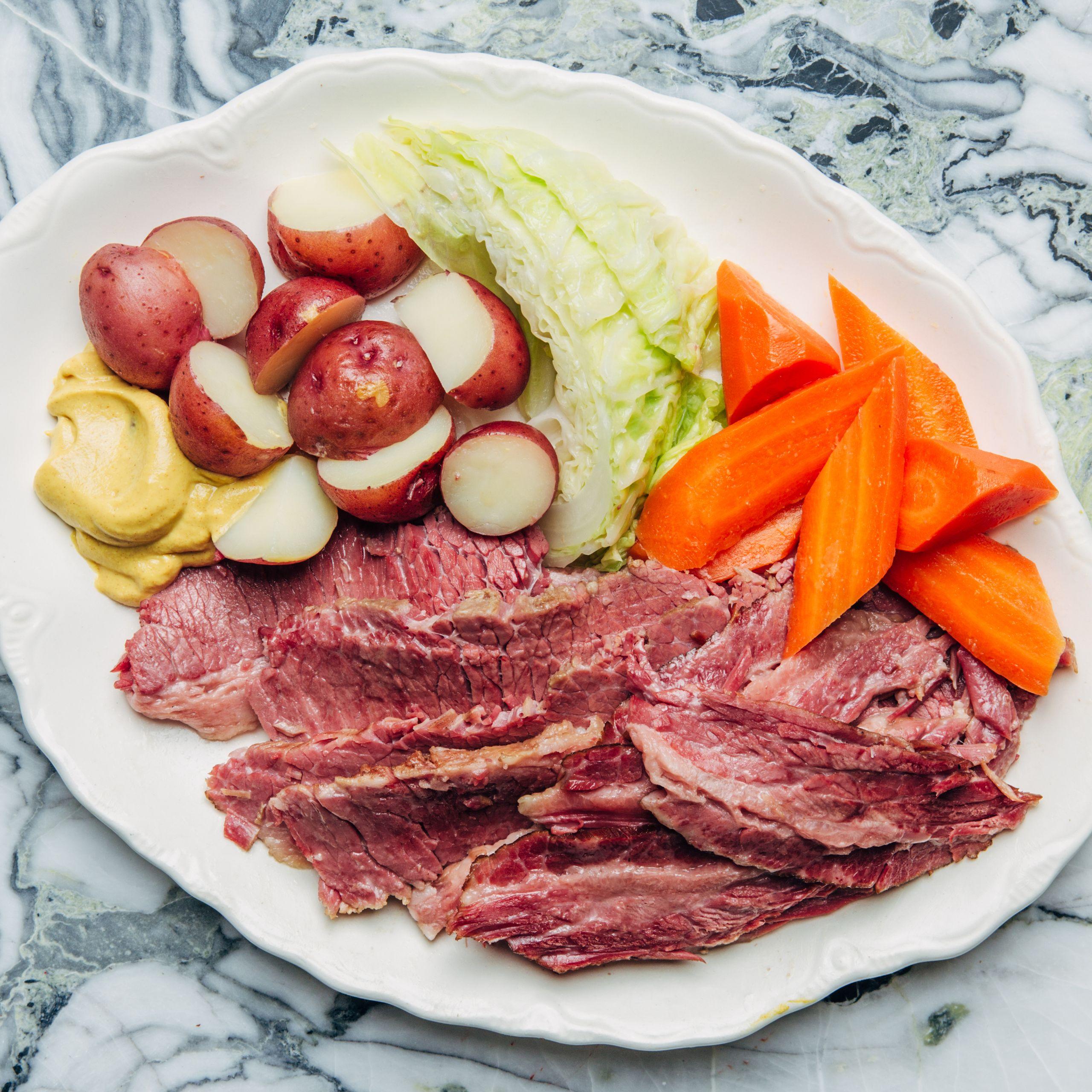
Cooking Techniques for Tender and Juicy Corned Beef
To achieve the perfect tender and juicy corned beef, the choice of cooking method plays a crucial role. Slow cooking is one of the most reliable techniques; whether in a slow cooker or a Dutch oven, maintaining low heat allows the beef to break down gradually, enhancing both flavor and tenderness. Alternatively, braising combines a good sear with slow cooking in a flavorful liquid.Start by browning the meat in a little oil, then add spices, broth, or even beer before covering and simmering. This method locks in moisture and infuses the brisket with rich flavors, making every bite unforgettable.
Another excellent technique is pressure cooking. This method drastically reduces cooking time while still ensuring that the beef remains moist and succulent. Using a pressure cooker lets you seal in the juices and flavors, often resulting in a corned beef that falls apart with a fork. For a delightful twist, consider adding root vegetables like carrots and potatoes to the pot. Here’s a simple comparison of these techniques:
| Technique | Cooking Time | Tenderness | Flavor Infusion |
|---|---|---|---|
| Slow Cooking | 6-8 hours | High | Medium to High |
| Braising | 3-4 hours | High | High |
| Pressure Cooking | 1-1.5 hours | Very High | Medium |
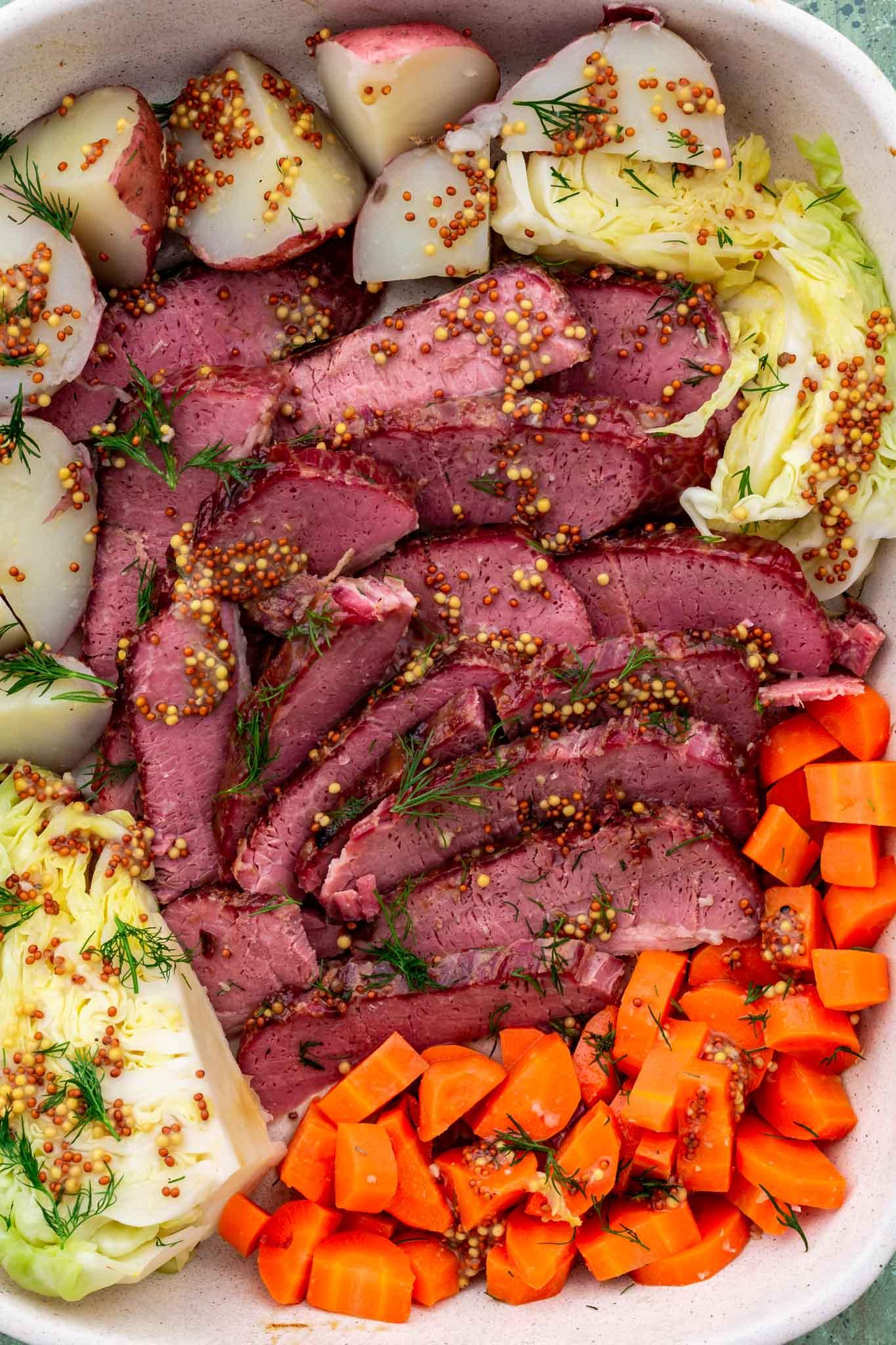
Serving Suggestions and Pairings to Complement Your Dish
To elevate your corned beef experience,consider pairing it with traditional accompaniments that enhance its savory flavors. Here are some classic options:
- Cabbage: Steamed or sautéed, cabbage adds a crunchy texture and earthy taste that balances the richness of the beef.
- Potatoes: Roasted or mashed, potatoes are a hearty side that absorb the robust flavors of the dish.
- Carrots: Glazed or roasted,they provide a hint of sweetness and vibrant color to your plate.
- Mustard: A dollop of your favorite mustard can add a zesty kick that cuts through the meat’s richness.
For a more adventurous twist, consider crafting a meal around your corned beef by adding complementary dishes. Here are some exciting ideas:
| Dish | Description |
|---|---|
| Colcannon | A creamy mix of mashed potatoes and kale,offering a comforting blend. |
| Irish Soda Bread | Dense and slightly sweet, perfect for mopping up the delicious juices. |
| pickles | Sharp and tangy, they provide a delightful contrast to the savory beef. |
| Beet Salad | Fresh beets tossed with greens add a brightness and earthy flavor. |
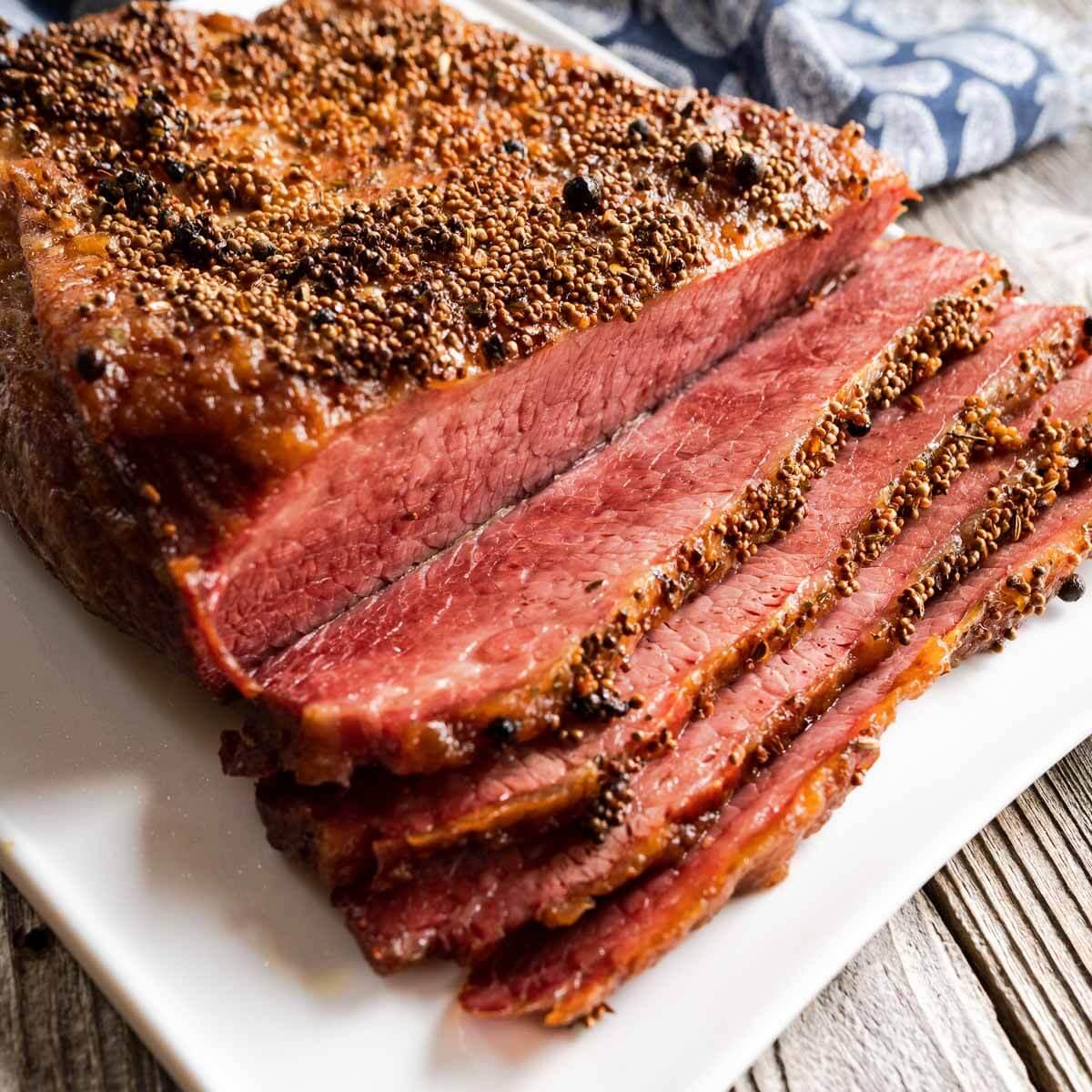
Tips for Storing and Reheating leftover Corned Beef
When it comes to preserving your delicious corned beef for future meals, effective storage is key. After enjoying your feast,allow any leftover corned beef to cool to room temperature.Then, wrap it tightly in plastic wrap or aluminum foil to minimize air exposure, which can lead to spoilage. for optimal freshness, place the wrapped corned beef in an airtight container or a resealable plastic bag before storing it in the refrigerator. Be sure to label the container with the date, as properly stored corned beef can last for up to 4 days in the fridge.
Reheating corned beef can be done in several ways to retain its juicy flavor and tenderness. One effective method is to steam your slices in a double boiler for about 10 minutes, which rehydrates the meat without drying it out. Alternatively, you can use a microwave; simply place your corned beef on a microwave-safe plate, cover it with a damp paper towel, and heat in short intervals, checking every minute until warmed through. If you prefer a crispy texture, consider pan-searing the slices in a skillet with a little oil until heated, achieving that perfect blend of crispy edges and savory goodness.
Concluding remarks
mastering the art of making corned beef is not just about following a recipe; it’s about embracing a culinary tradition that has nourished families for generations. With the right ingredients, a bit of patience, and a dash of creativity, you can transform this classic dish into a flavorful centerpiece for any meal. Whether you savor it in a classic Reuben sandwich, serve it with cabbage and potatoes, or incorporate it into your own unique recipe, homemade corned beef is sure to satisfy and impress. So gather your spices, roll up your sleeves, and embark on this flavorful journey—where each step brings you closer to a dish that is as rich in history as it is indeed in taste.Happy cooking!
